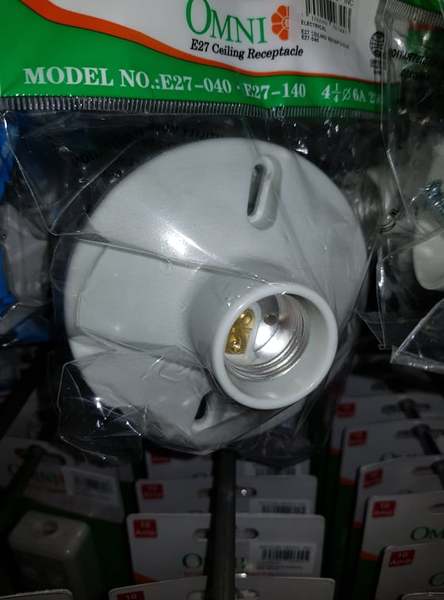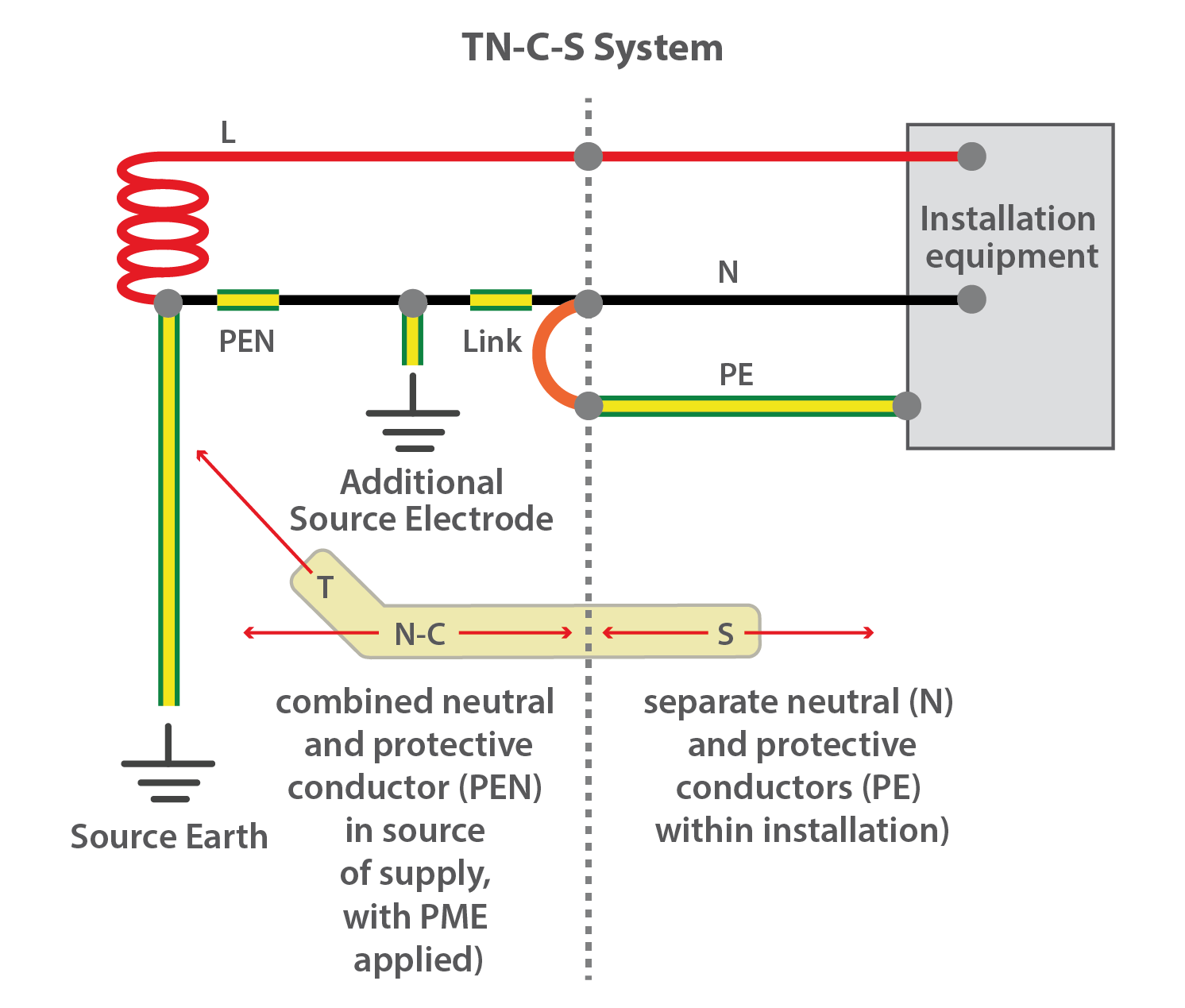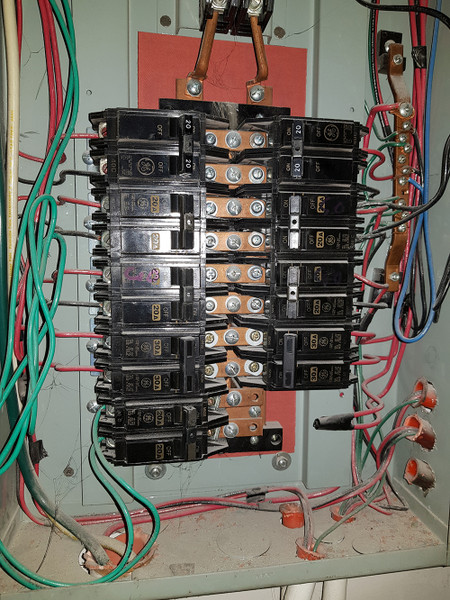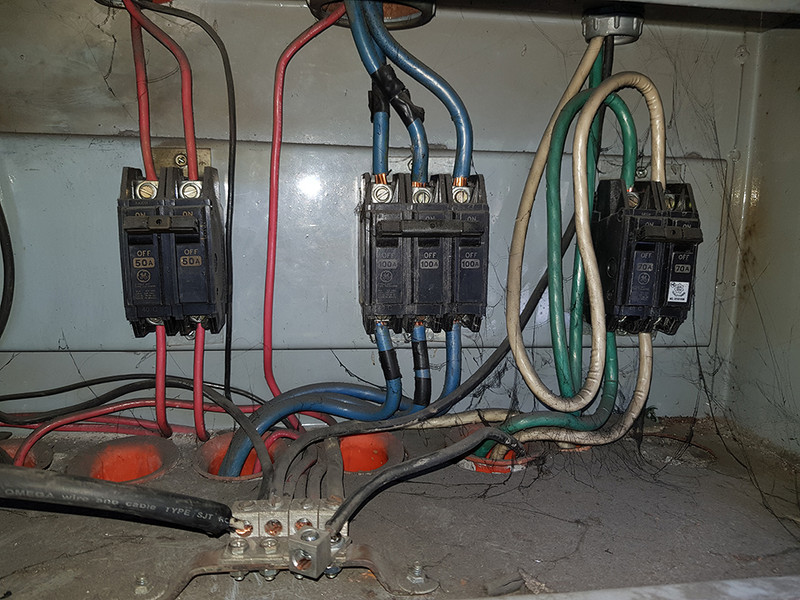romex jockey
Senior Member
- Location
- Vermont
- Occupation
- electrician
tersh;1981487 [QUOTE said:it measured about 0.0835 or 0.083 when pressed with pressure. You measured the original GE bus bar stub to be 0.094. Is the difference significant? If the GE spring clips were flat, and applying basic trigo, would the contact only be at the edge with mostly gap in the middle?
I would imagine the tolerance dependent on this propritory 'spring clip bump' capabilities?
<snip>
From the measurements and previous handling of the Siemens. I think the Siemens bus bar stub is thicker than the GE bus bar stub 0.094 thickness. I guess the Siemens PL center stub measures about 0.100 or more? How much can this really affect the contact areas if north American panels and breakers were mixed?
Siemens seems to have every bit of info, save for this specification>
This is zoom out of it:
https://w3.usa.siemens.com/powerdis...alog/Documents/2017/SF-17-Sect-01-ALL-web.pdf
I have none in stock (we use GE) , so i'll have to find one in the field for you tersh
~RJ~


